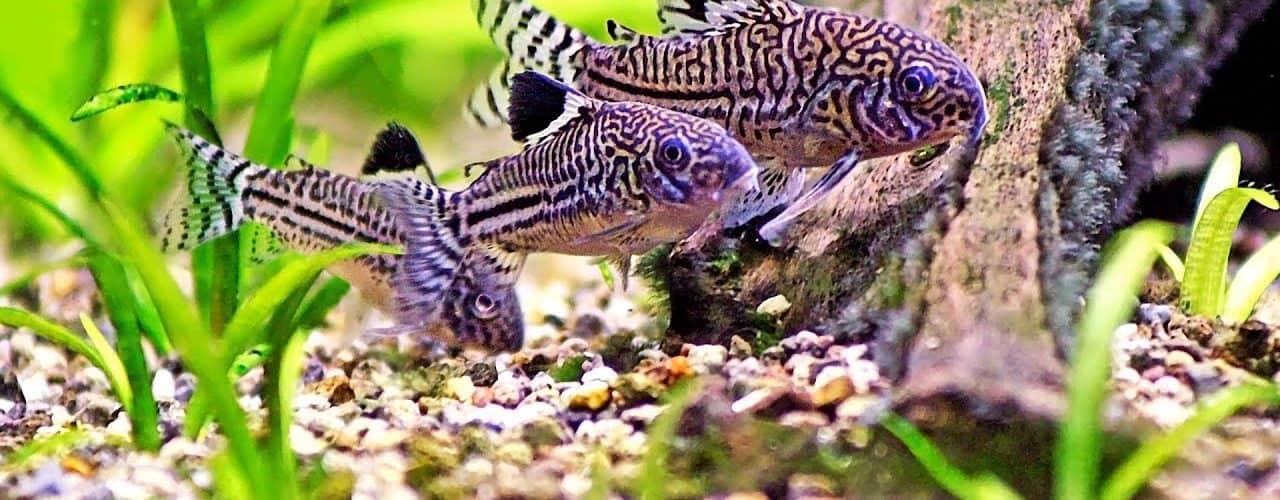Fish tanks are beautiful additions to any home or office, quiet, unobtrusive, yet pretty and relaxing to watch and enjoy. Because this environment is not self maintaining, however, regular maintenance and cleaning are required to insure the long and healthy life of their inhabitants. There are some basic daily, weekly, and monthly steps you can follow to maintain your tank and provide for the general well being of the fish it houses.
Daily Tasks
1) Check the tank daily in the event any of the fish have died. If so, remove them immediately. Obviously this prevents the water being in any way contaminated.
2) Check all plugs and connections to make sure they are secure. Loss of power to a filter or pump may result in the death of your fish.
3) Remove uneaten fish food ten minutes or so after feeding time. Food remnants can play havoc with tank filters.
4) Stir the gravel in the floor of the tank so that the tank filter can remove any dirt particles.
5) Make sure the tank mechanics are running smoothly. Sudden or unfamiliar changes in the sound of the tank can indicate that a pump or filter may be malfunctioning.
Weekly Tasks
1) Cut away excess growth from any of the plants in the tank.
2) Use an algae scrubber to remove any algae from the sides of the tank or its components. If you do not have a mechanical scrubber, a toothbrush or nylon sponge will suffice. You can also cut down the problem of algae growth by locating your tank in an area not exposed to direct sunlight.
3) Replace at least one fifth of the tank’s water with fresh water that has been allowed to sit for 24 hours (to remove any existing chlorine). The fresh water container should be one dedicated to this purpose, as any other residue may contain contaminates.
4) Clean the gravel. Cleaners are readily available and are designed to remove dirt particles from between the gravel particles.
Monthly Tasks
1) Disconnect the filter tubing and use a filter brush to clean it.
2) Clean the external glass by first spraying a soft rag or paper towel with glass cleaner. Do NOT spray the tank directly.
3) Use the algae scrubber for all tank decorations. Rinse them thoroughly before returning them to the tank.
4) Replace the filter for the tank. This may need to be done bi-monthly; depending on how quickly it becomes saturated.
5) Maintain a staggered schedule for your filter and water. When you change your filter, don’t change your water, and when you change your water, don’t change your filter.
Some All-Purpose Advice
1) When removing the fish for cleaning, keep them in small plastic baggies filled with old tank water. Before returning them to the tank, allow the baggie to float in the fresh water for 15-20 minutes. This will insure that the old and new water temperatures are the same.
2) Frequent, smaller water changes are healthier than complete water changes, as sudden in water chemistry or temperature can shock or even kill the fish.
3) Live plants are preferable to artificial, since they help maintain healthy tank chemistry.
4) Consider a built-in cleaning crew for your tank, such as shrimp or bottom feeding fish. They scour the tank eating algae, plant residue, and excess food.
A regular maintenance schedule should provide you with many years of enjoyment of your tank and fish.
<>



